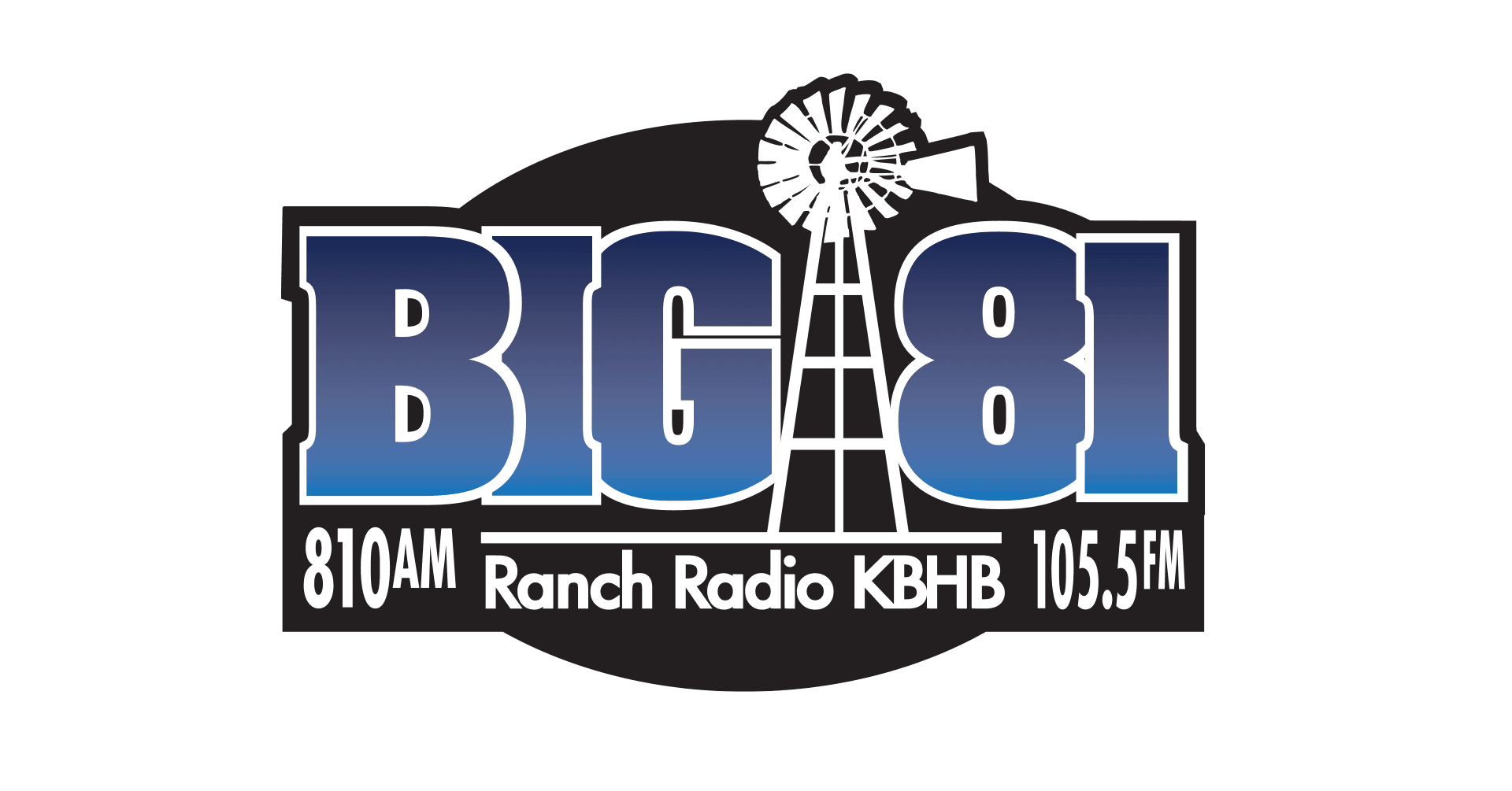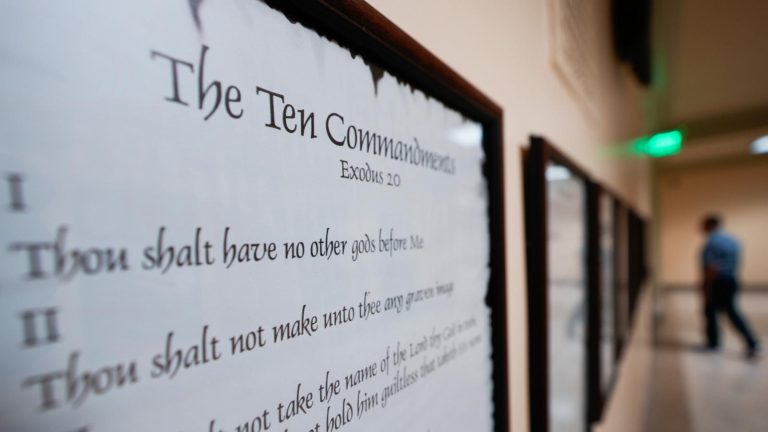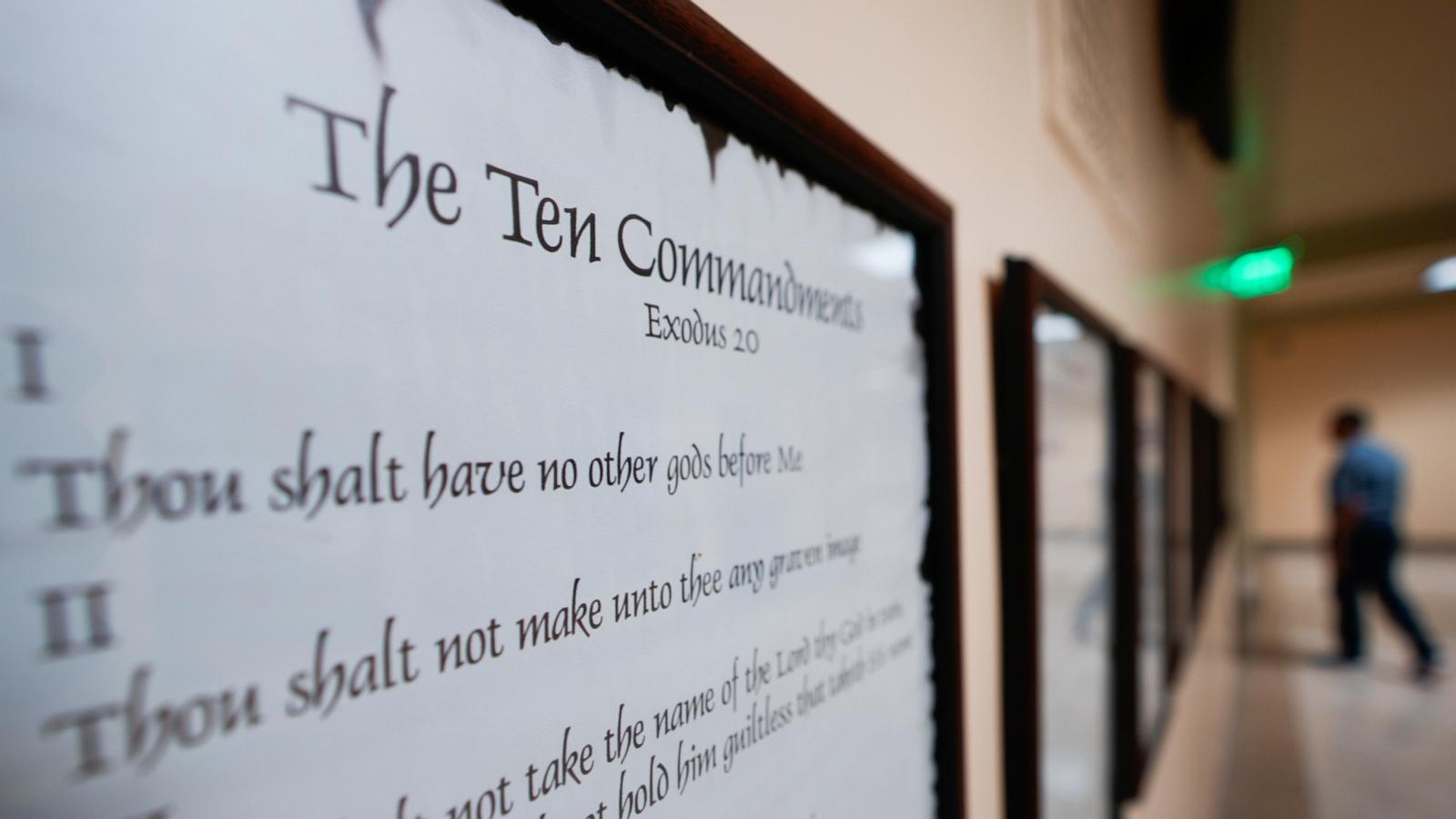PIERRE, S.D. – A state board won’t make a final decision on the proposed expansion of South Dakota’s lone large-scale gold mine for another two months, after the board listened to two days of testimony during a hearing this week in Pierre.
The expansion of the Coeur Wharf Resources mine, just north of Terry Peak and west of Lead, would cover 48 acres to the south of its operation on land already owned by the company. The expansion is expected to extend the mine’s life by one to three years, or until 2028 or 2030. The mine was granted four other expansion permits in its 40-year history, the latest in 2011.
Department of Agriculture and Natural Resources Secretary Hunter Roberts recommended conditional approval of the permit on April 17. Steven Blair, assistant attorney general, said “no grounds exist for denial of the permit” based on the DANR permitting process.
But after the Board of Minerals and Environment heard testimony Thursday and Friday, the board chairman instructed attorneys for Wharf and the DANR to amend conditions in the recommended permit to assure the public that a water quality violation at the mine is being addressed in a timely manner.
Several Black Hills residents, Wharf employees and business partners attended the meeting in support of the mine, citing the company’s contributions to local communities and organizations, and the economic impact on the region. Wharf employs over 250 people and accounts for nearly a quarter of Chicago-based Coeur Mining’s gold production.
“They’re here to stay,” said Bob Ewing, chairman of the Lawrence County Commission.
But concerns from Rapid City-based activist Carla Marshall prompted a hearing after she filed as a formal intervenor in the case. A couple of other concerned citizens and organizations, including the Prairie Hills Audubon Society, sent opposition letters to the DANR. Marshall’s concerns focused on the environmental, aesthetic and cultural impact the mine has in the Black Hills.
Marshall, a member of the Cheyenne River Sioux Tribe, said the mine is illegal because it’s in unceded territory under the 1868 Fort Laramie Treaty. That agreement promised the Black Hills to Native American tribes but was later broken by the U.S. government. She wants government-to-government consultation and cultural surveys to be completed.
The mine uses the heap-leach extraction method. Mined ore is crushed, piled on giant pads and treated with a cyanide solution to leach out the precious metals. The pads are double lined with alarms to catch any leaks or spills in the material, Wharf officials testified.
Wharf is currently in violation of surface water quality standards for selenium, a naturally occurring mineral in soil that can be harmful to people and fish in great amounts. DANR issued a warning letter in 2021 about selenium in water near the mine.
Higher amounts of selenium over time can cause reproductive impairments and disfiguration in fish, and eventually threatens aquatic life. In 2020, the accumulated amount rose above the acute limit and has remained “pretty consistently above” since then, Hudson said.
DANR directed Wharf in late 2021 to report monthly progress toward a solution and called for Wharf to establish a treatment plan by October 2024 and to have it operating by 2025. The mitigation project, which included sonic drilling to analyze the source of the selenium, is ongoing.
The board does have grounds to deny the permit because of the violation, board member Bob Morris said during the hearing, although it is technically a separate activity to the proposed expansion.
“Everything else Wharf submitted is fully in compliance with the law,” Morris stated during Hudson’s testimony. “This is one issue of concern but it’s not a deal-breaker.”
Board Chairman Rex Hagg told South Dakota Searchlight the board prefers to see a mitigation timeline added in the expansion permit conditions to provide accountability and assurance to the public.
“Our job as the board is to be the last point of oversight on these types of deals,” Hagg said, “so we’re there to protect the public and state’s interest to make sure this is taken care of.”
Wharf reclaims former mining lands
During the permit application process, the company conducted environmental surveys and tests, with subcontractors and guidance from the state. The company also surveyed for affected and endangered wildlife and vegetation in the area. Although an endangered bat species, the northern long-eared bat, was noted in the area at one point, a later survey did not find the bats again. A small patch of mountain huckleberry, identified by DANR as a sensitive species, was also observed on the far western edge of the expansion border, which Wharf officials said would be transplanted elsewhere if the operation disturbs the plants.
Representatives from Wharf, including Zietlow, the environmental manager, explained how the company reclaims areas as it completes mining. Topsoil is stripped and stockpiled during the operation and used later for reclamation. Mine reclamation includes the placement of topsoil over the area, reseeding with native vegetation and trees, and continued monitoring by the company.
“Mining is a short-term disturbance,” Zietlow said.
Ewing said he’s visited the reclaimed sites in his role as a county commissioner.
“It’s just like nothing happened,” he said. “They’ve done a good job.”
The expansion will disturb an estimated 31.9 million tons of material, including 6.7 million tons of ore and 25.2 million tons of overburden and non-mineralized rock.
Wharf produced nearly 80,000 ounces of gold in 2022, over 91,000 ounces in 2021 and over 93,000 in 2020, according to the 2022 Coeur annual report. There was no silver produced at the mine during those years, though it did produce roughly 63,000 ounces of silver in 2019. Wharf’s 2022 sales totaled over $150 million, and its net income was over $34 million.
Zietlow told board members Wharf paid about $6 million in severance taxes to the state over the last five years.












